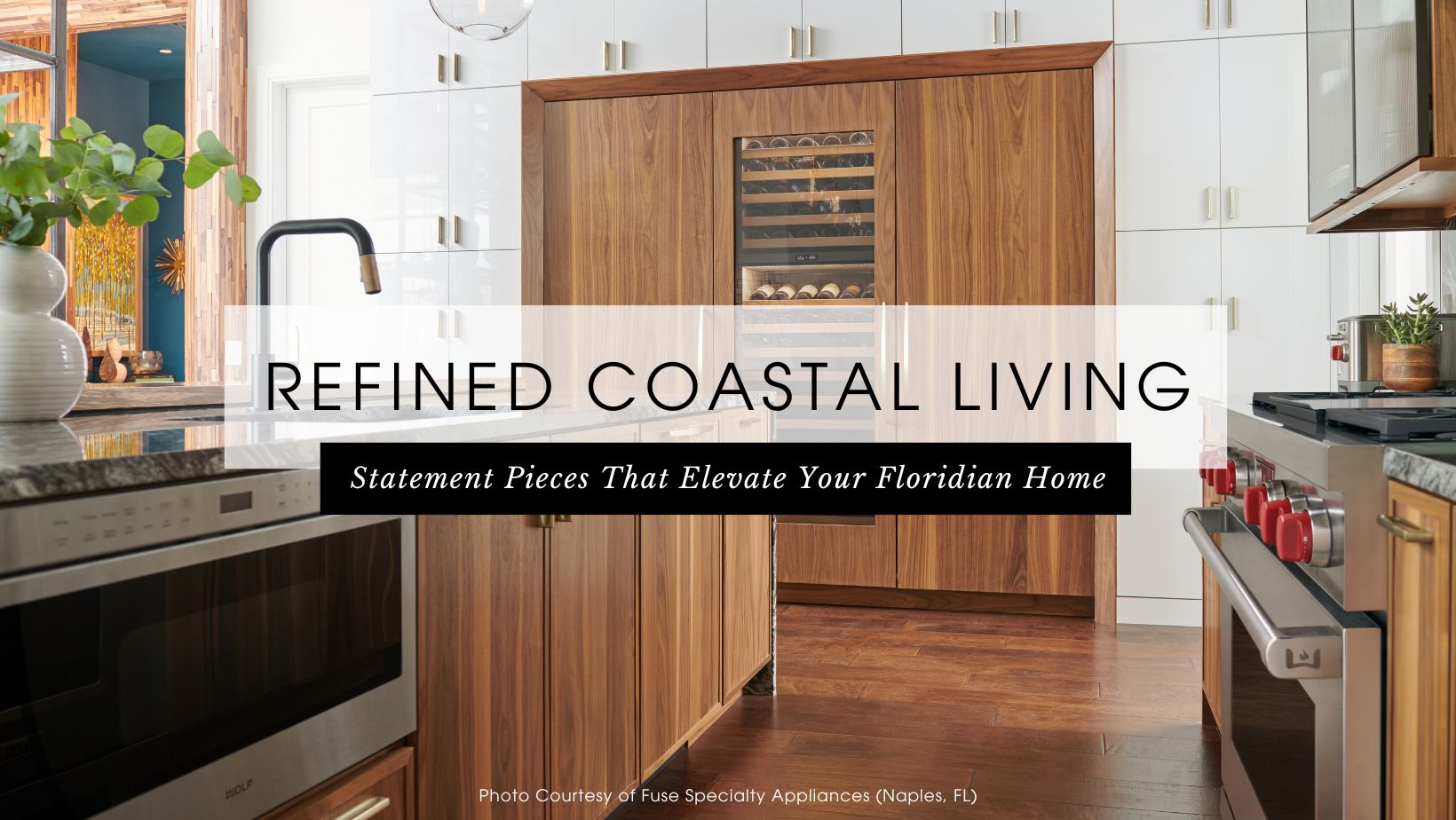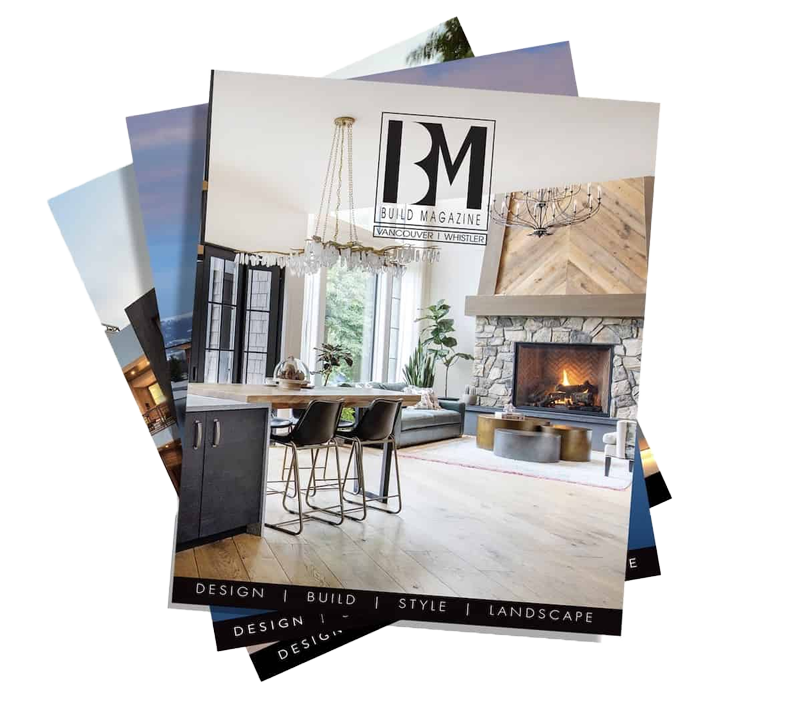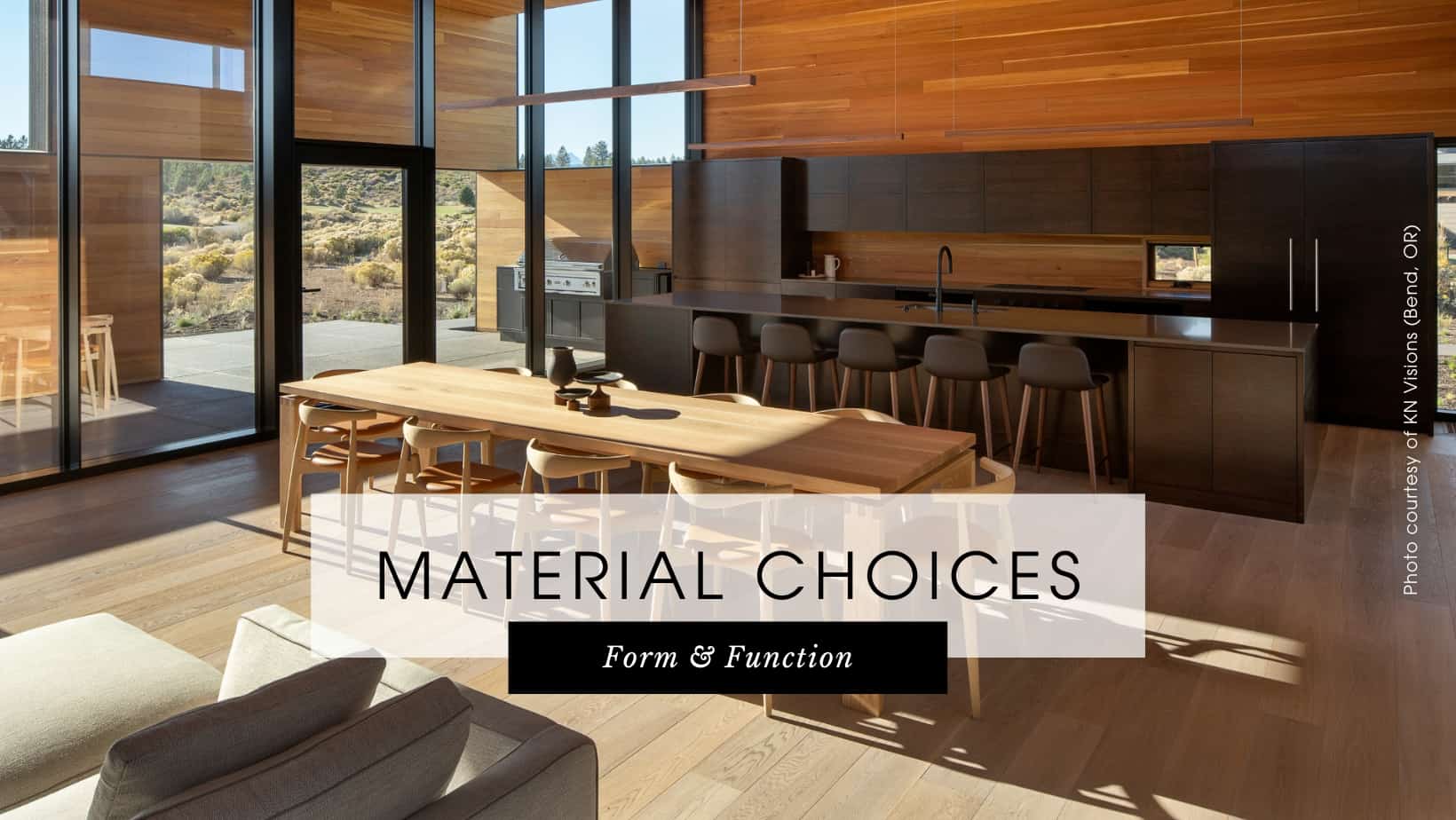
Material Choices – Form & Function
Material Choices
by Lynn Sully
Many of the materials in our homes serve a structural purpose. However, they are increasingly being chosen for their aesthetic contributions as well. Concrete, stone, wood, metal and porcelain can all play a role in parts of your home, and each has a personality of its own.
In the past, concrete or steel weight-bearing beams and columns would have been drywalled over or concealed. Today, these architectural elements are often left exposed to highlight a structure’s authenticity and emphasize the inherent beauty and strength of the material itself.
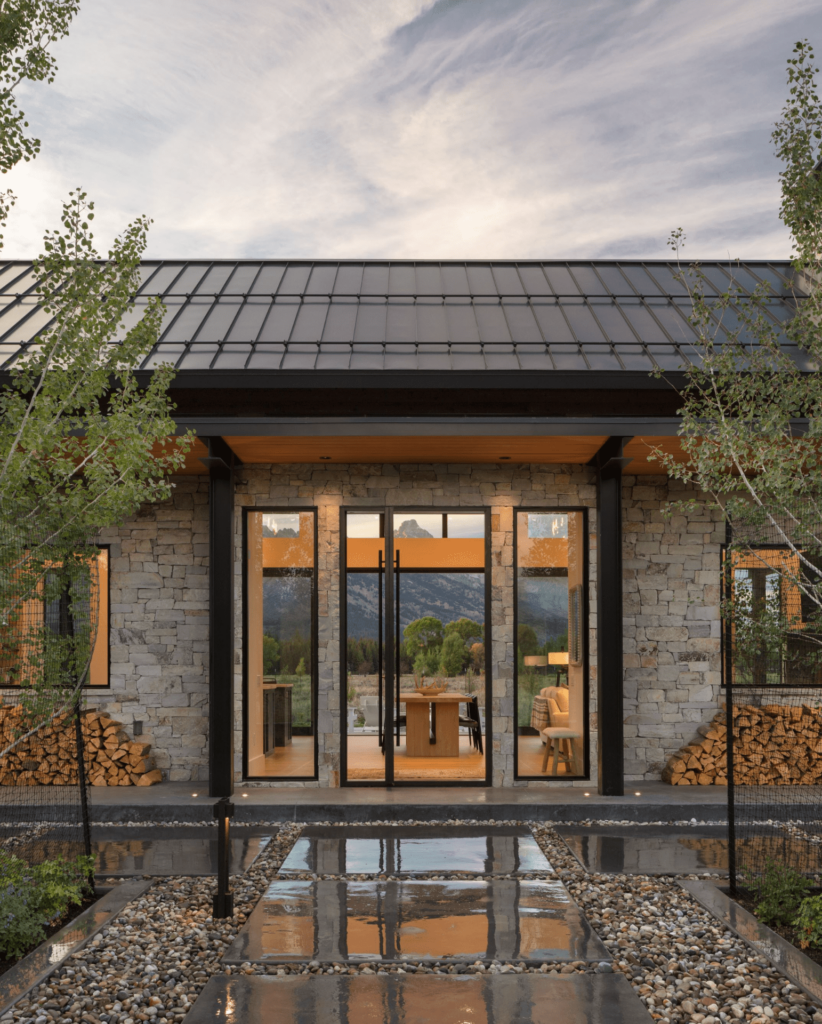
The trend to biophilic design and increasing emphasis on sustainability is reflected in the growing popularity of natural materials – stone floors and walls, sisal rugs, wool carpets, wood, bamboo and cork. Using local wood species, whether for flooring, walls, furniture or accent features, are a popular way to create connections to the region and ground interiors with a sense of place. With its variety of colors, grains and surface finishes, wood is a versatile material that is durable, sustainable and affordable. Think beyond wood floors to wall paneling and ceilings.
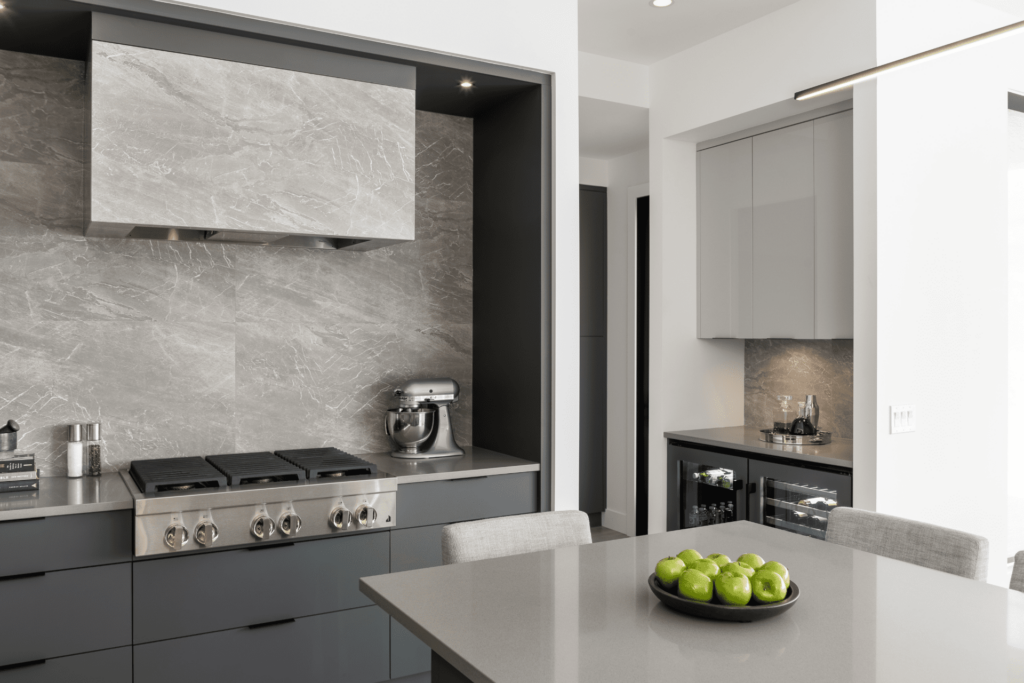
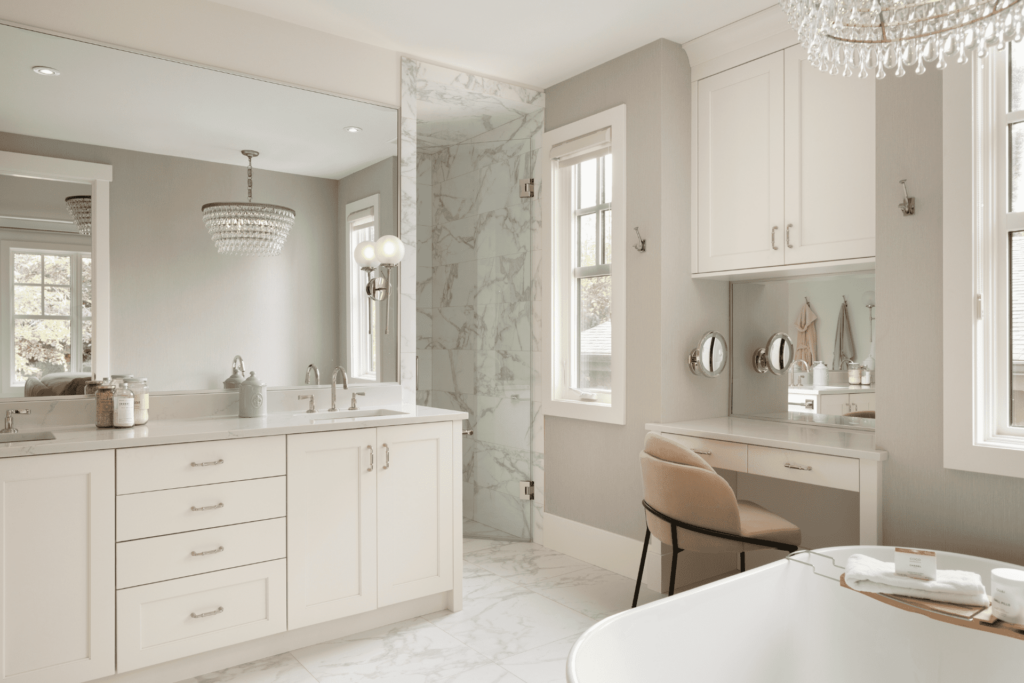
Metals are perfect for light fixtures and accents and are utilized as wall surfaces and feature elements in traditional and modern interiors.
Porcelain tiles are another solid choice that perfectly balances form and function. Porcelain works well with in-floor radiant heat options, making it an ideal surface for kitchen and bathroom floors. Porcelain’s prevalence in laundry rooms and entryways is proof of its durability. The past few years have seen an increasing trend towards large format tiles for residential settings, where they are valued for their clean visuals and minimal grout lines.
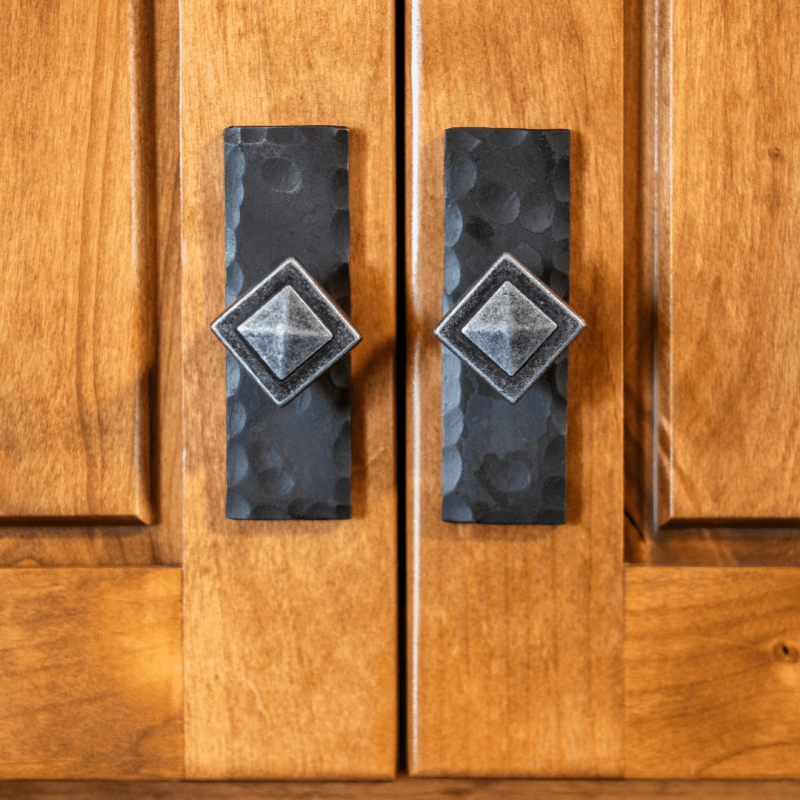
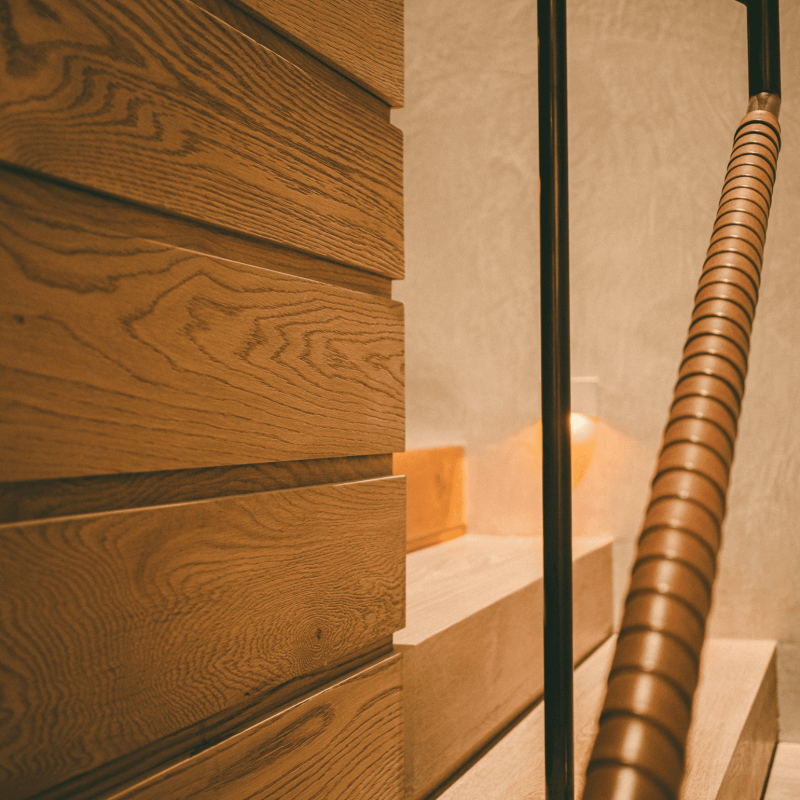
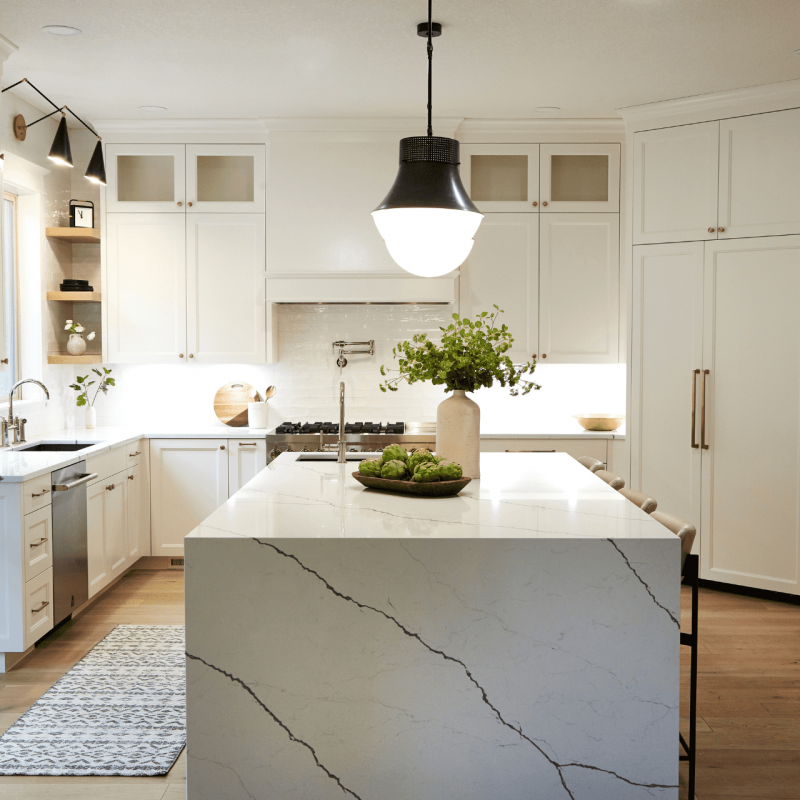
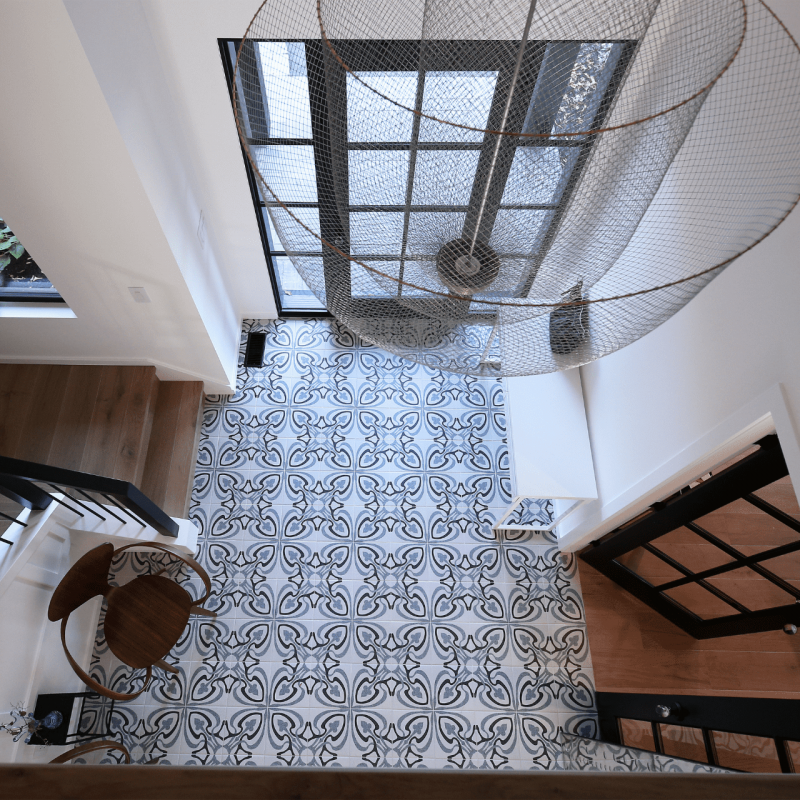


It’s an exciting time when you see 2D plans become a 3D reality, thanks to the hard work and coordinated efforts of your talented tradespeople and specialized contractors.
Stone is another timeless material. Whether you choose granite, limestone, marble or other natural stones, these unique materials can add color, solidity and a sense of permanence to floors, countertops and walls. Many engineered stones offer the appearance of natural stone without the need for maintenance.
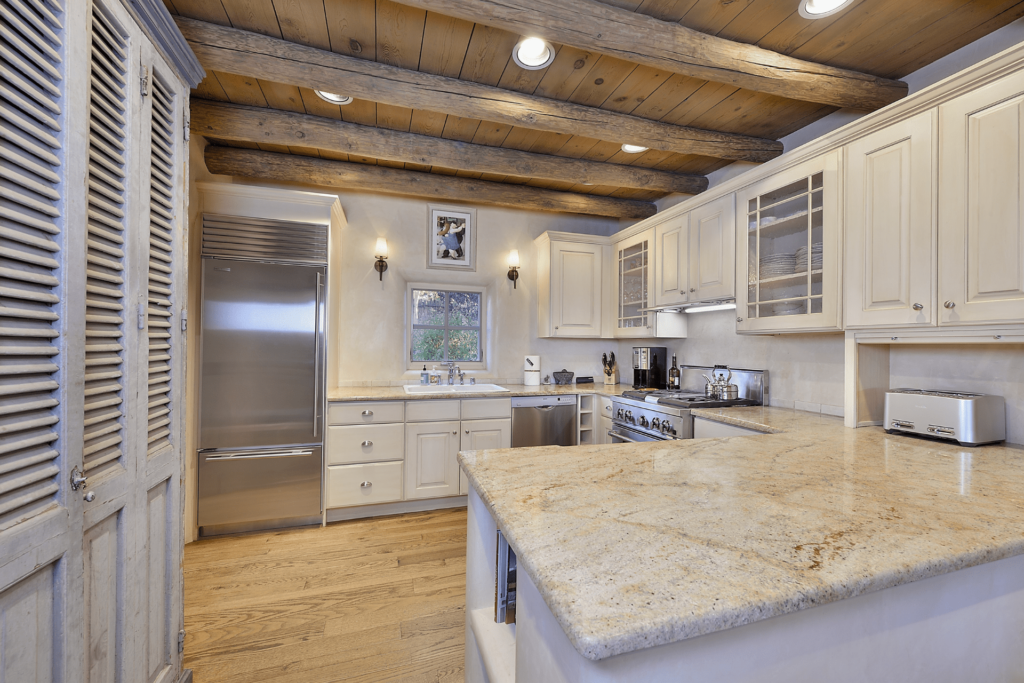
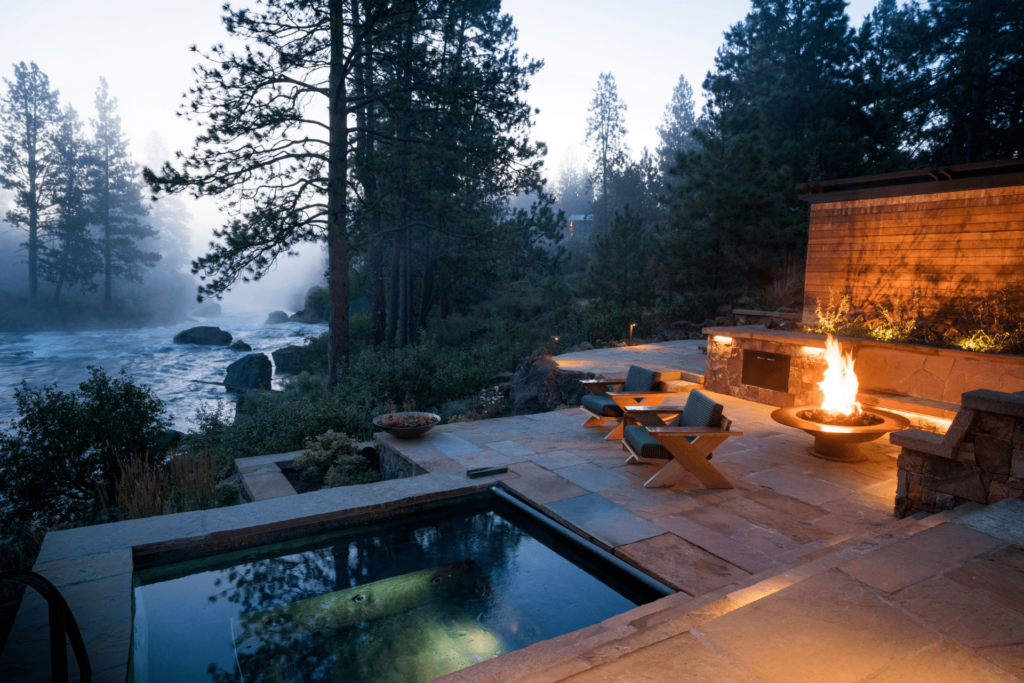
Finally, remember that your choices will have a material impact – on your budget, certainly, and ecosystems, carbon emissions and local economies. Choosing sustainably sourced local materials is a great way to support the local economy and reduce your carbon footprint while bringing the beauty of the natural world into your home.
You may also like
Refined Coastal Living – Statement Pieces That Elevate Your Floridian Home
When it comes to elevating your living space, every detail matters. From the glow of exquisite light
Episode 109: Elevating Design in Jackson Hole with Designer Melinda Dorion (Jackson Hole, WY)
In this episode, Ted speaks with Melinda Shirk Dorion, owner of Elevated Living in Jackson Hole, Wyo
Great lighting happens to plan
All too often, homeowners overlook the importance of lighting when renovating or designing a new spa
